Understanding the Global Boom in Cosmetic Surgery
Cosmetic surgery has seen a significant rise globally over recent years, with an increasing number of individuals opting for both surgical and non-surgical aesthetic procedures. This article explores the latest trends, demographic insights, and geographic hotspots shaping the cosmetic surgery landscape worldwide, drawing upon authoritative global surveys and market analyses.
Worldwide Growth and Popularity of Cosmetic Procedures
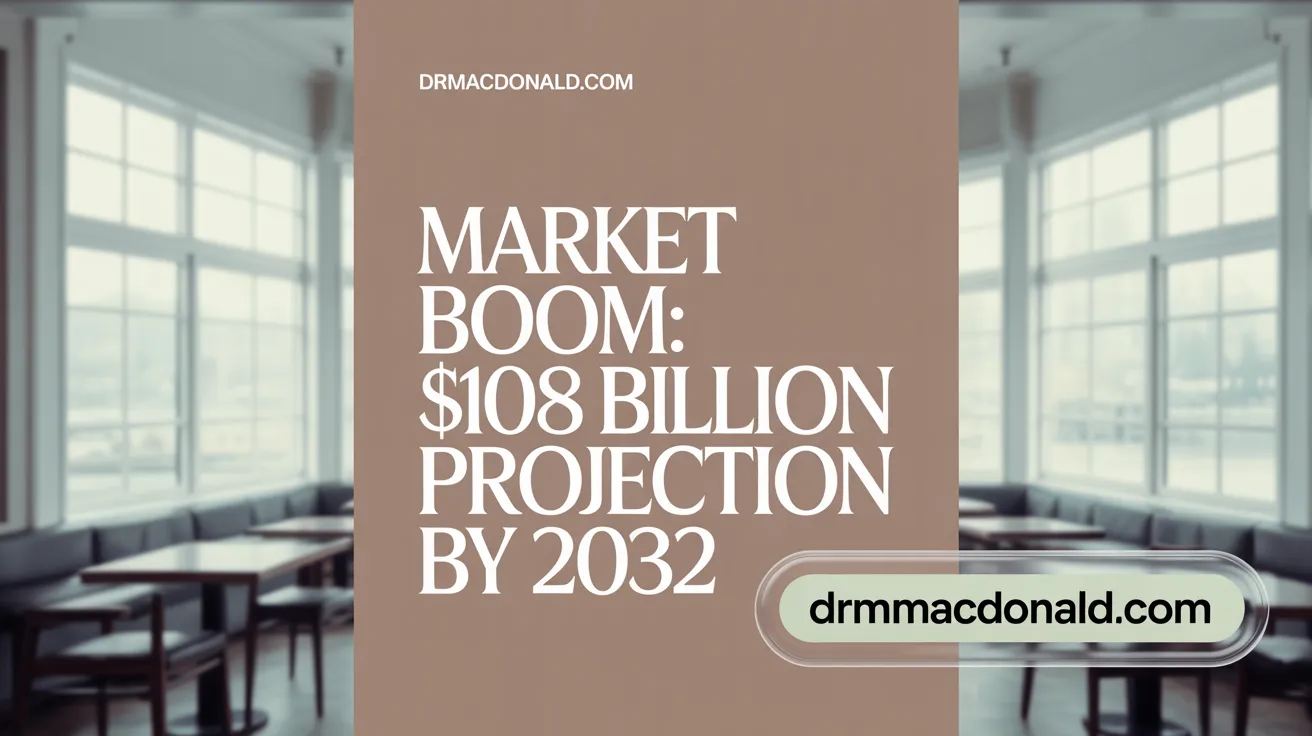
What is the current volume and growth rate of cosmetic procedures worldwide?
In 2024, nearly 38 million aesthetic procedures were performed globally. This total includes over 17 million surgical and approximately 20 million non-surgical treatments. These figures represent a significant growth trajectory, marking a 42.5% increase in cosmetic procedures over the past four years. Such sustained growth highlights expanding demand and acceptance of cosmetic surgery around the world (ISAPS 2024 Global Survey, ISAPS Releases 2024 Global Survey Results, Plastic Surgery Market Projections).
Which cosmetic procedures are most common globally?
The most frequently performed surgical procedures in 2024 include eyelid surgery, liposuction, breast augmentation, rhinoplasty, and scar revision. Eyelid surgery notably became the leading surgical procedure, surpassing liposuction. Meanwhile, the top non-surgical treatments are botulinum toxin (commonly known as Botox) and hyaluronic acid fillers. These minimally invasive options continue to dominate due to their quick recovery times and natural-looking results (Global Survey 2024 Full Report, Plastic Surgery Statistics Report 2024, Aesthetic Society 2023 Report).
How do social media and market forecasts influence cosmetic surgery?
Social media platforms, particularly Instagram, have profoundly influenced public interest in cosmetic procedures. By providing visual marketing, direct exposure, and normalization of aesthetic enhancements, social media fuels demand and broadens consumer awareness (PMCID: PMC9915973). Alongside this cultural shift, the cosmetic surgery market is expanding rapidly. It is projected to surpass $108 billion by 2032, propelled by ongoing technological innovations and changing societal views favoring cosmetic enhancements (Plastic Surgery Market Projections.
This global rise in cosmetic procedures is driven by both evolving patient preferences and advancements in surgical and non-surgical techniques, underscoring a dynamic and growing industry worldwide (Top Plastic Surgery Trends 2025, ISAPS Global Survey 2024).
Age, Gender, and Procedure Preferences Around the Globe
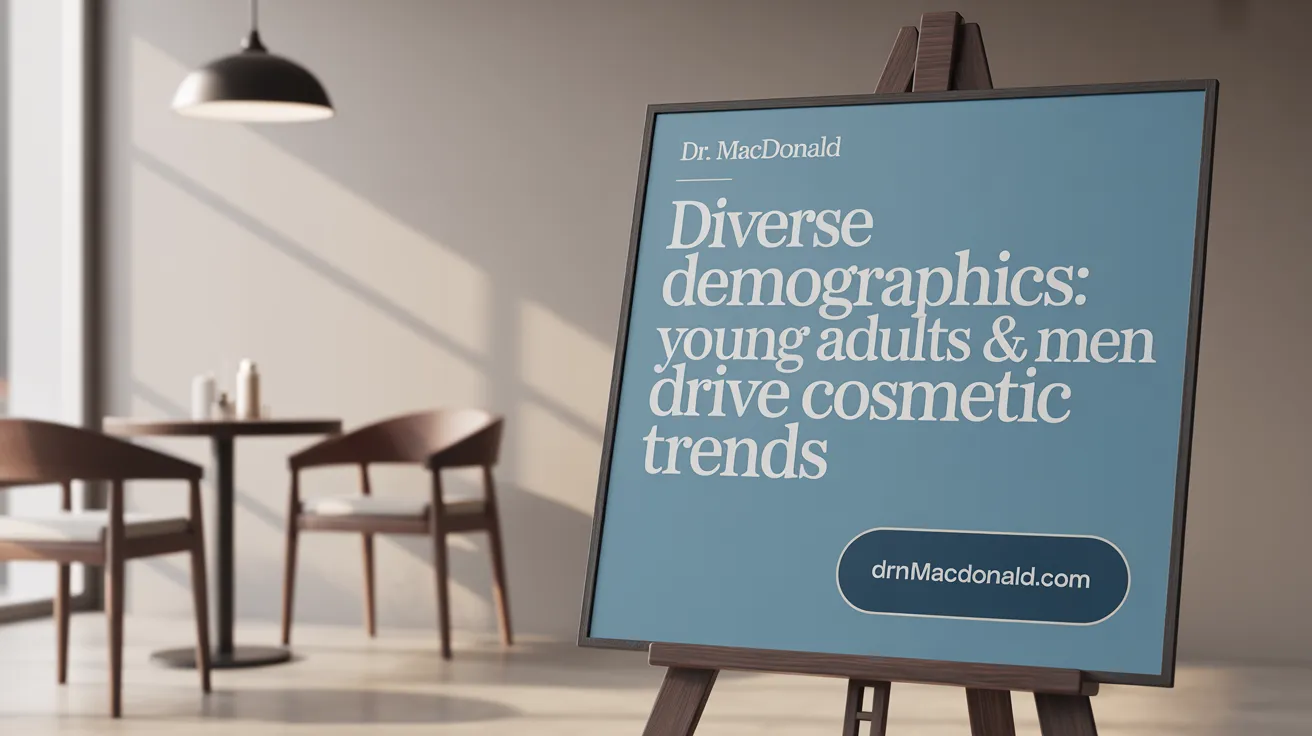
Who are the most frequent recipients of cosmetic surgeries by age and gender?
Globally, cosmetic surgery patients are predominantly young adults aged 18 to 34. This age group largely opts for surgical procedures, with breast augmentation and rhinoplasty being especially common. For individuals aged 35 to 50, non-surgical treatments like botulinum toxin injections are more popular (Global Survey 2023 Full Report, 2024 plastic surgery statistics, Plastic Surgery Procedure Statistics).
Women make up about 85.5% of cosmetic procedure patients worldwide. Among female patients, liposuction and breast augmentation are leading surgical choices. Men account for approximately 14.5% of cosmetic surgery recipients, with their preferences centered around eyelid surgery, gynecomastia correction, and injectable treatments such as botulinum toxin (Global Survey 2023 Full Report, ISAPS Global Survey 2024, Plastic Surgery Procedure Statistics.
Is there an increase in male cosmetic surgery demand?
Yes, there has been a steady rise in male participation in cosmetic surgery. Popular procedures among men include eyelid surgery, liposuction, rhinoplasty, and facial fat grafting. This trend reflects growing acceptance and interest among men in aesthetic enhancements, expanding beyond traditional female dominance in the industry (Trends in surgical procedures 2023, Plastic and Cosmetic Surgery Statistics 2025, Top Plastic Surgery Trends 2025).
These demographic patterns illustrate a diverse and evolving cosmetic surgery landscape, with age and gender influencing the type of procedures sought. The rise in male cosmetic procedures indicates changing social attitudes and broader cultural acceptance of aesthetic treatments for all genders (ISAPS 2024 Global Survey, Medical tourism and plastic surgery).
Regional Leaders and the Role of Medical Tourism in Cosmetic Surgery
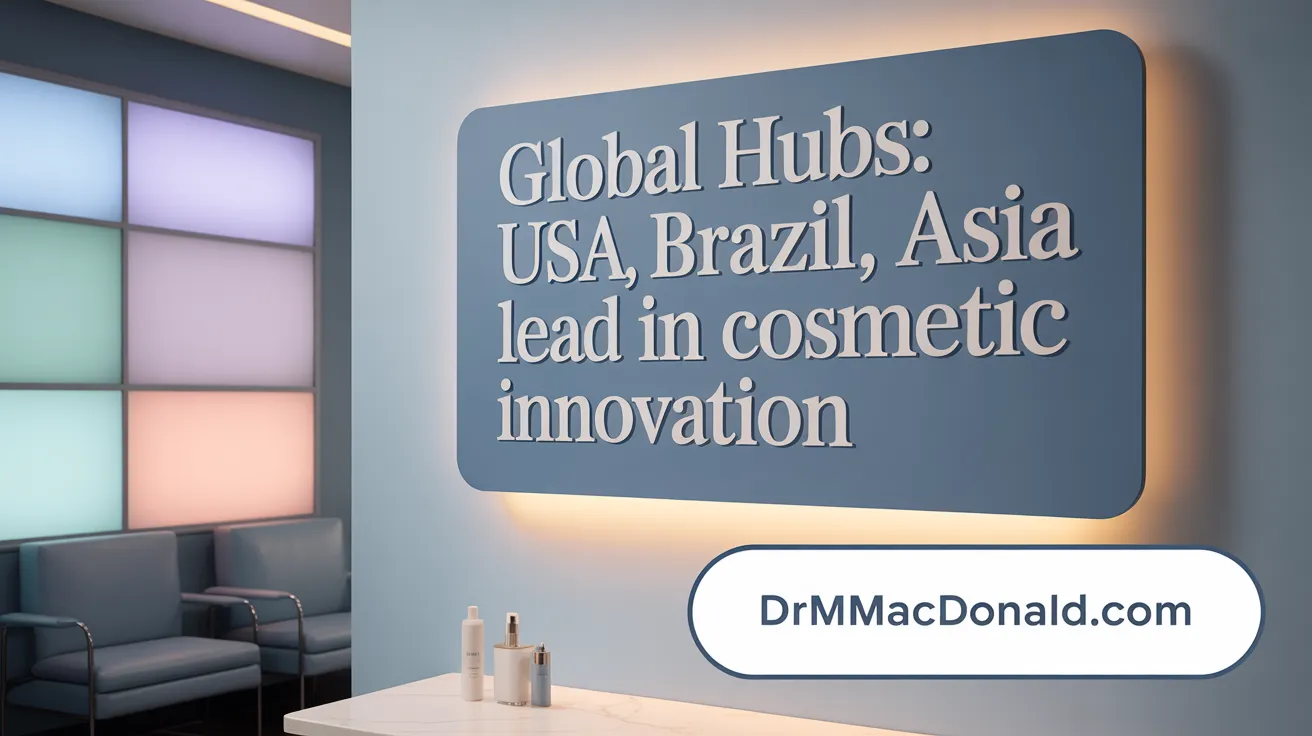
Which countries lead globally in cosmetic procedures and surgeries?
The United States stands as the global leader in total cosmetic procedures, with over 6.1 million performed in 2024. This high volume is largely driven by non-surgical treatments such as botulinum toxin and hyaluronic acid injections (ISAPS Global Survey 2024 full report. Brazil dominates the surgical field, leading with the highest number of surgical procedures worldwide (ISAPS Global Survey 2024 full report. Japan and South Korea also rank among the top countries, with Asia collectively performing more than 13.7 million procedures in 2024 (ISAPS Releases 2024 Global Survey Results, Top 20 countries with highest plastic surgery rates).
How significant is medical tourism in the cosmetic surgery industry?
Medical tourism plays a vital role in the global cosmetic surgery market. Countries such as Colombia, Mexico, Turkey, Syria, and Thailand have become prominent hubs for international patients seeking affordable, high-quality aesthetic procedures (Medical tourism for cosmetic surgery, The World's Most Wanted Faces and Bodies). These destinations report some of the highest proportions of foreign patients undergoing surgery. For instance, Turkey performs nearly half of all procedures for foreign patients in its region, highlighting its status as a key medical tourism hotspot (ISAPS Global Survey 2023 Full Report).
Where are cosmetic procedures mostly performed?
Cosmetic procedures predominantly take place in hospitals and office facilities worldwide. Hospitals account for around 47% to over 52% of total procedures depending on the country, ensuring access to advanced medical support and safety protocols. Meanwhile, office facilities accommodate roughly 30% of procedures, offering convenience and efficiency for minimally invasive and outpatient treatments (Global Survey 2024 full report, Medical tourism hotspots and procedure locations. This blend of facility use helps maintain high standards of patient safety amid increasing procedural volumes.
The interplay of regional leaders and medical tourism highlights the dynamic, interconnected nature of the global cosmetic surgery landscape, with leading countries both serving their local populations and attracting international clients through specialized care and competitive pricing (Plastic Surgery Market Growth and Medical Tourism.
Trends in Procedure Types: Shifts in Popularity and Emerging Techniques
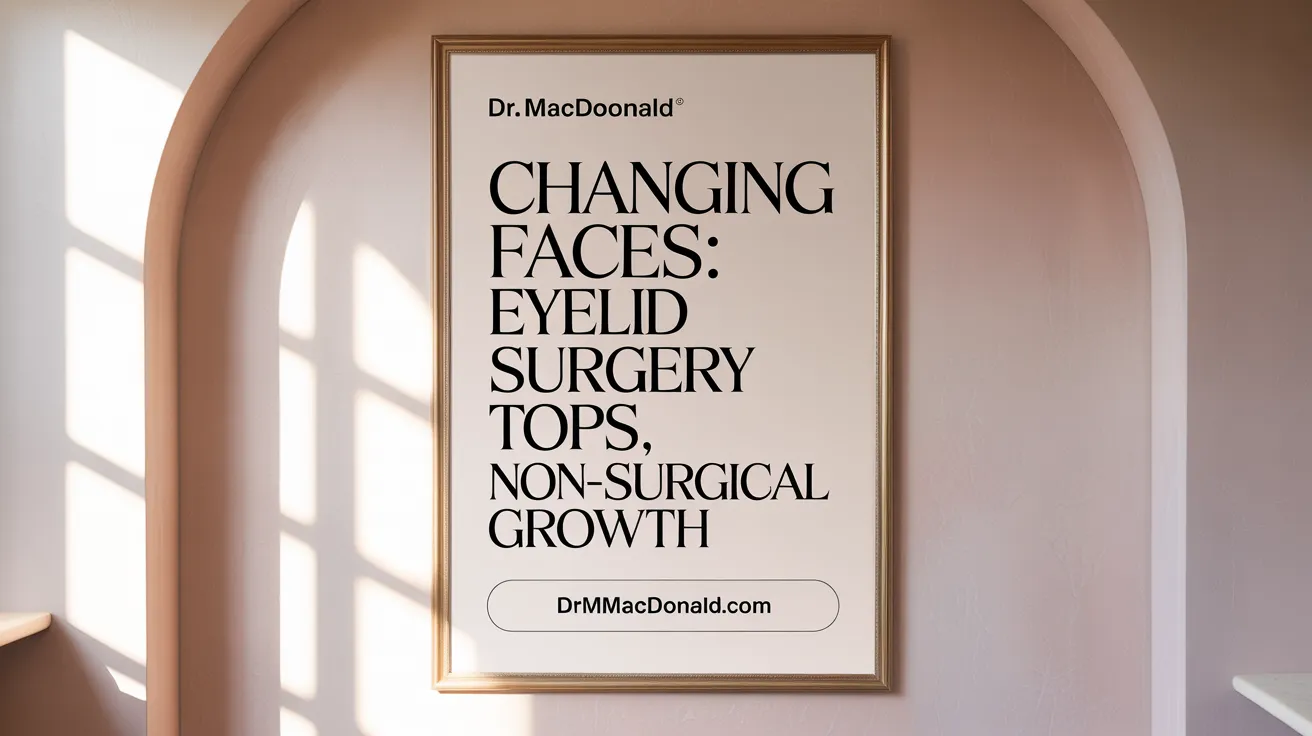
What procedure trends have emerged recently?
Eyelid surgery became the most common surgical procedure globally in 2024, overtaking liposuction which had dominated previously. This shift highlights a growing preference for facial rejuvenation and minimally invasive facial enhancements (Global Survey 2024 full report.
Non-surgical treatments continue to experience strong growth. Botulinum toxin (Botox) and hyaluronic acid fillers remain the leading choices worldwide, favored for their quick results and minimal downtime (Botulinum toxin treatments 2024, Hyaluronic acid filler usage. Additionally, combination procedures are on the rise, where patients opt for surgeries like tummy tucks paired with breast augmentations or facelifts combined with eyelid surgeries, maximizing aesthetic outcomes in a single operation (Combination plastic surgery procedures.
What are some emerging cosmetic surgery techniques and preferences?
Recent innovations reflect patient desire for subtle and natural results. Smaller breast implants with teardrop shapes offer more natural contours and comfort (Smaller breast implants trend. Autologous treatments such as platelet-rich plasma (PRP), platelet-rich fibrin (PRF), and fat transfers are gaining popularity for their ability to enhance volume and texture without synthetic materials (PRP and PRF uses in aesthetic treatments.
Newer procedures like the “Miami thong lift” provide buttock lifting without volume addition or visible scarring, appealing to patients seeking shape improvement without augmentation (Miami thong lift procedure. Scar revision techniques and hand rejuvenation are also emerging trends (Scar revision surgery, Hand rejuvenation procedures.
Technological advances, particularly in 3D imaging such as Crisalix and VECTRA 3D, enable patients to visualize potential surgical outcomes before procedures. This improves informed decision-making and surgical precision (3D imaging technology in plastic surgery, Crisalix and VECTRA imaging benefits.
These evolving trends demonstrate a move toward safety, personalization, and technological integration in cosmetic surgery, emphasizing natural aesthetics and patient-centered care (Safety and precision in modern plastic surgery, Board-certified surgeons and patient outcomes.
Safety, Training, and the Importance of Board-Certified Surgeons
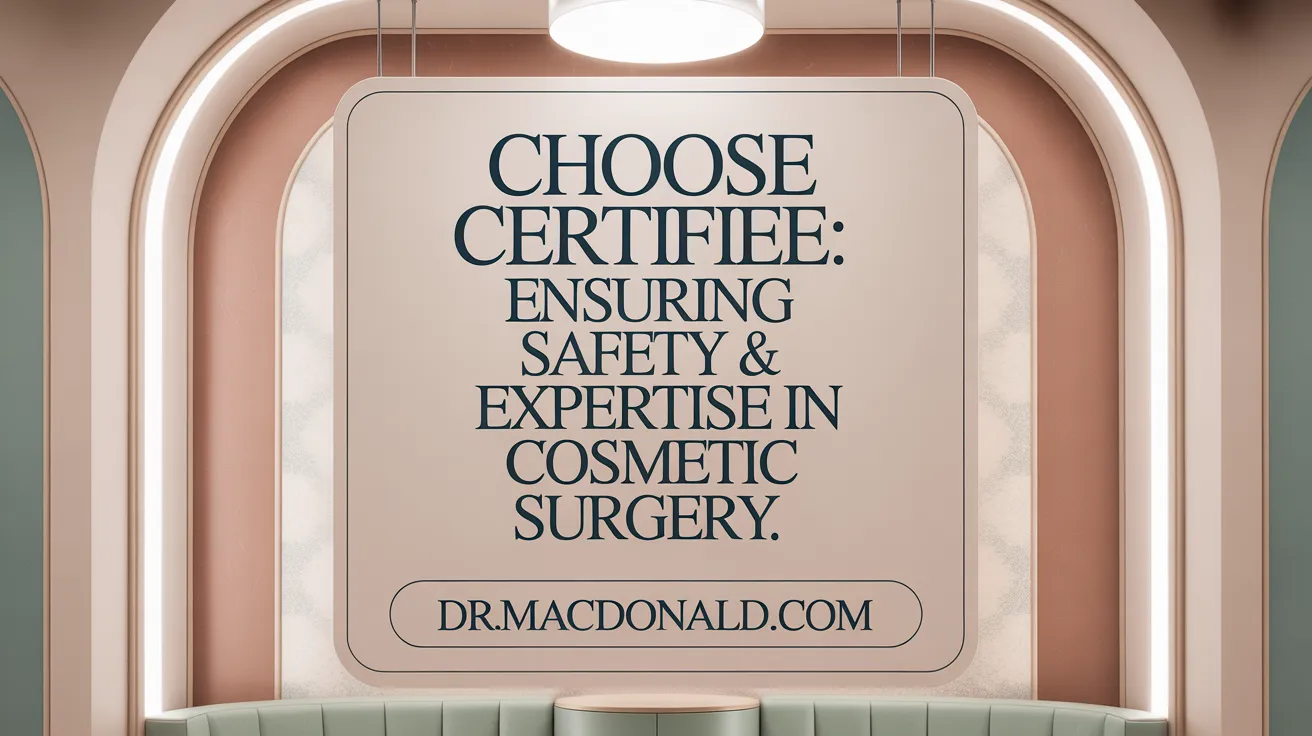
What distinguishes cosmetic surgery from plastic surgery?
Cosmetic surgery is primarily focused on elective procedures that enhance appearance, such as breast augmentation, liposuction, and rhinoplasty. These surgeries aim to boost confidence and improve aesthetic appeal. In contrast, plastic surgery encompasses both reconstructive and cosmetic procedures. Reconstructive plastic surgery addresses defects caused by birth anomalies, trauma, burns, or disease, aiming to restore function and form. Plastic surgeons typically complete extensive residencies that emphasize reconstructive training, while cosmetic surgeons pursue additional fellowship training dedicated exclusively to aesthetic procedures. For more details, see Differences between cosmetic and plastic surgeons.
Why is choosing a board-certified plastic surgeon important?
Selecting a board-certified plastic surgeon is crucial for patient safety and optimal outcomes. Board-certified plastic surgeons have undergone rigorous education, including at least six years of residency and continuous certification processes. This ensures they possess specialized knowledge and skills for performing both reconstructive and cosmetic surgeries safely. Many patients mistakenly believe all surgeons offering aesthetic procedures are equally qualified, but uncertified practitioners may lack comprehensive training, increasing risks. Learn more about importance of board certification.
Safety concerns and the role of accredited facilities
Cosmetic surgery carries inherent risks such as infection, bleeding, nerve damage, anesthesia complications, and scarring. The importance of undergoing procedures in accredited facilities with board-certified surgeons cannot be overstated. Accredited centers guarantee adherence to strict safety protocols, use of proper equipment, and highly trained staff. This environment significantly reduces complication rates and enhances recovery experiences. Refer to Safety in cosmetic surgery for detailed information.
Public misconceptions and the push for education
A substantial number of patients confuse cosmetic and plastic surgeons and are unaware of credential differences. Surveys show that many do not understand the certification distinctions, making them vulnerable to misinformation. To protect patients, medical societies emphasize the importance of education, transparency, and seeking surgeons who are both board-certified and fellowship-trained to ensure expertise in aesthetic surgeries. See Public misconceptions about cosmetic surgery credentials and Choosing accredited surgeons.
The Future Outlook: Market Growth, Societal Drivers, and Patient Motivations
What are the future growth prospects for the cosmetic surgery market?
The cosmetic surgery market is poised for substantial growth, with projections estimating its value to surpass $108 billion by 2032. This expansion is driven by ongoing technological advancements that broaden the range and safety of available procedures. Increasing global societal acceptance also fuels this growth, encouraging more individuals to consider aesthetic enhancements. For detailed market insights, see Plastic Surgery Statistics and Global Plastic Surgery Market Growth.
How do societal and psychological factors impact demand for cosmetic surgery?
Societal influences, particularly the rise of social media, play a significant role in normalizing cosmetic surgery and elevating public interest. Platforms like Instagram have accelerated awareness and desire for various procedures through visual content and peer sharing. This is supported by research on Social Media Influence on Cosmetic Surgery and Cosmetic Surgery Patient Attitudes.
Psychological factors contribute notably to patient motivations. Studies reveal that individuals with lower self-esteem and reduced life satisfaction are more inclined to pursue cosmetic surgery. Women tend to perceive higher benefits from aesthetic procedures, whereas religious beliefs often temper positive attitudes toward surgery. These dynamics are thoroughly discussed in Factors Motivating Cosmetic Surgery.
What innovations are anticipated in cosmetic surgery?
Innovations in regenerative medicine are at the forefront of upcoming trends, with therapies such as platelet-rich plasma (PRP) and exosome treatments gaining popularity for their natural enhancement results. There is also a shift toward earlier intervention facelifts among younger patients seeking smoother recoveries and improved outcomes. See Top Plastic Surgery Trends for 2025 and 2024 Annual Trends Survey for emerging innovations.
Minimally invasive treatments, including neurotoxins and dermal fillers, continue dominating the market. Furthermore, advanced imaging technologies like 3D visualization tools empower patients with better preoperative expectations and informed decisions, as described in 3D Imaging Technology in Plastic Surgery.
Together, these developments highlight a future where cosmetic surgery integrates technological sophistication with a nuanced understanding of patient desires and psychological drivers. For a comprehensive overview, reference Global Survey 2024 full report.
Global Cosmetic Surgery: Expanding Horizons and Ensuring Safety
The global cosmetic surgery landscape is characterized by remarkable growth in both surgical and non-surgical procedures, a diversified demographic of patients, and evolving preferences toward natural and minimally invasive treatments. The United States, Brazil, and Asian countries lead in total procedure volumes, supported by medical tourism hubs worldwide. The surge in facial procedures, particularly eyelid surgery, underscores shifting aesthetic priorities. As the industry expands, patient safety remains paramount, emphasizing the need for qualified, board-certified practitioners. With innovations in regenerative medicine and imaging technologies, coupled with strong market growth, the future of cosmetic surgery is one of dynamic change balanced with heightened standards for care and patient education.
